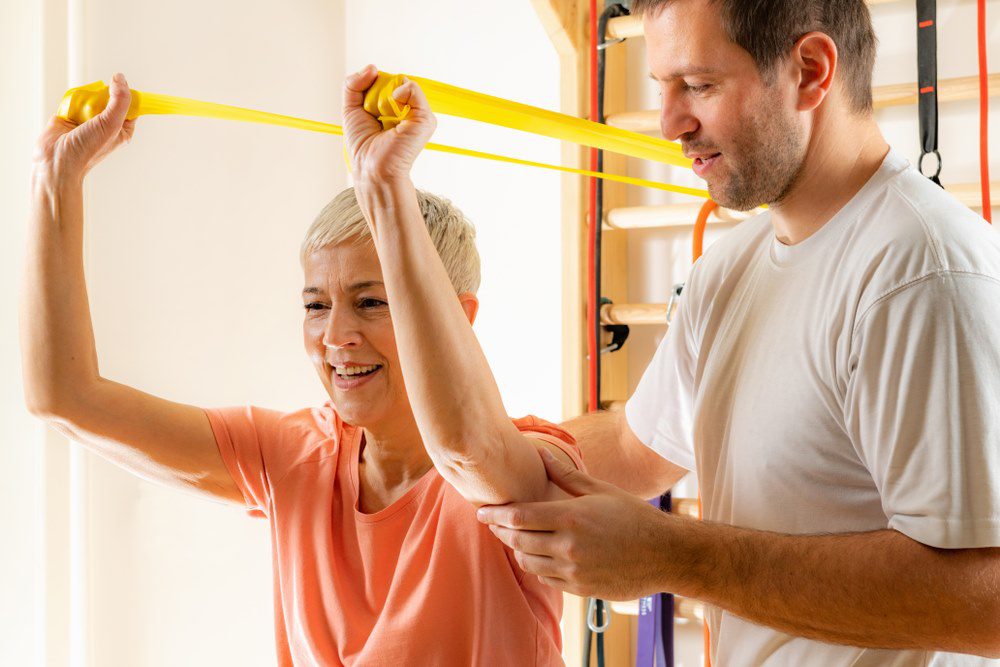
What you need to know about Osteoporosis
Osteoporosis is a common condition affecting over 1 million Australians. Osteopenia is when the bones begin to lose their density. When Osteopenia becomes severe it’s called Osteoporosis. The word “Osteoporosis” comes from the Greek words “osteon” meaning bone, and “poros”, meaning a pore or a passage.
Causes of Osteoporosis
Decreased bone density occurs when bones lose minerals, such as calcium, more quickly than the body can replace them. Bones become thin, weak and fragile, leading to a higher risk of fracture (broken bones). Fractures due to Osteoporosis can result in chronic pain, disability, and loss of independence. The most common bones affected are the hip, spine, wrist, upper arm, forearm and ribs.
Osteoporosis is more common in women, impacting 1 out of 2 women as opposed to 1 out of 4 men, and becomes more common as we age. Women can lose up to 20% of their bone mass in the 5 – 7 years following menopause. Men have a headstart with bone health and tend to develop osteoporosis 10 – 15 years later than women because they’re generally bulkier and have more bone mass to lose. It’s important to note here that Osteoporosis is not a condition exclusive to the elderly – it can strike at any age.
Risk factors associated with Osteoporosis
In addition to age and gender, some of the risk factors associated with the development of osteoporosis include ethnicity, family history of the condition, low vitamin D levels, low intake of calcium, low body weight, smoking, excess alcohol or coffee consumption and physical inactivity. People who have suffered from an eating disorder, such as anorexia, are also more prone to developing osteoporosis, as are those who have taken corticosteroids for long periods.
Osteoporosis Prevention
Leading a healthy lifestyle will help keep your bones strong. Exercise can help bones modify their shape and size so they become stronger and this can help prevent injuries. It can also increase muscle strength and improve balance, which can help reduce the risk of falls. Resistance training such as gentle weights or exercises involving increased resistance such as the pool can also be beneficial in maintaining bone density.
While gentle exercise is vital, the most important goal, if you have osteoporosis, is to prevent fractures, so be sure to avoid risky physical activities that may lead to falls and fractures.
There are some simple things you can do both at home and when you’re out to prevent yourself from falling and potentially breaking a bone:
- Use devices such as a cane or walker
- Always use handrails on stairs and escalators
- Wear rubber-soled shoes to prevent falls
- Put non-skid pads under rugs and
- Put non-skid mats in the bath
- Install grab bars in the bathroom
An Osteoporosis screening is recommended from age 65. However, if you’re a female and have previously had a fracture or other risk factors such as rheumatoid arthritis, a history of smoking or heavy drinking, or low body weight, you should consider a screening earlier.
Scans such as bone scans or DEXA scans can be arranged by our physios. If you need help managing Osteoporosis, or require a diagnosis, please call us on 1300 012 273 .
